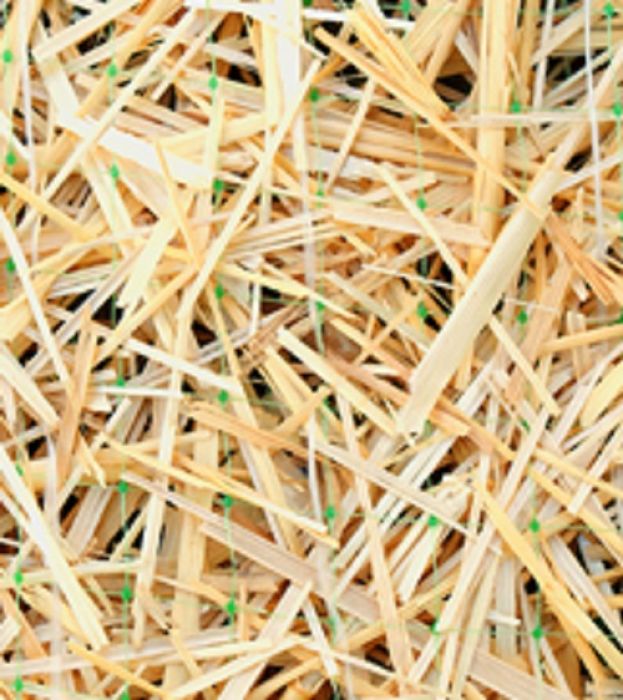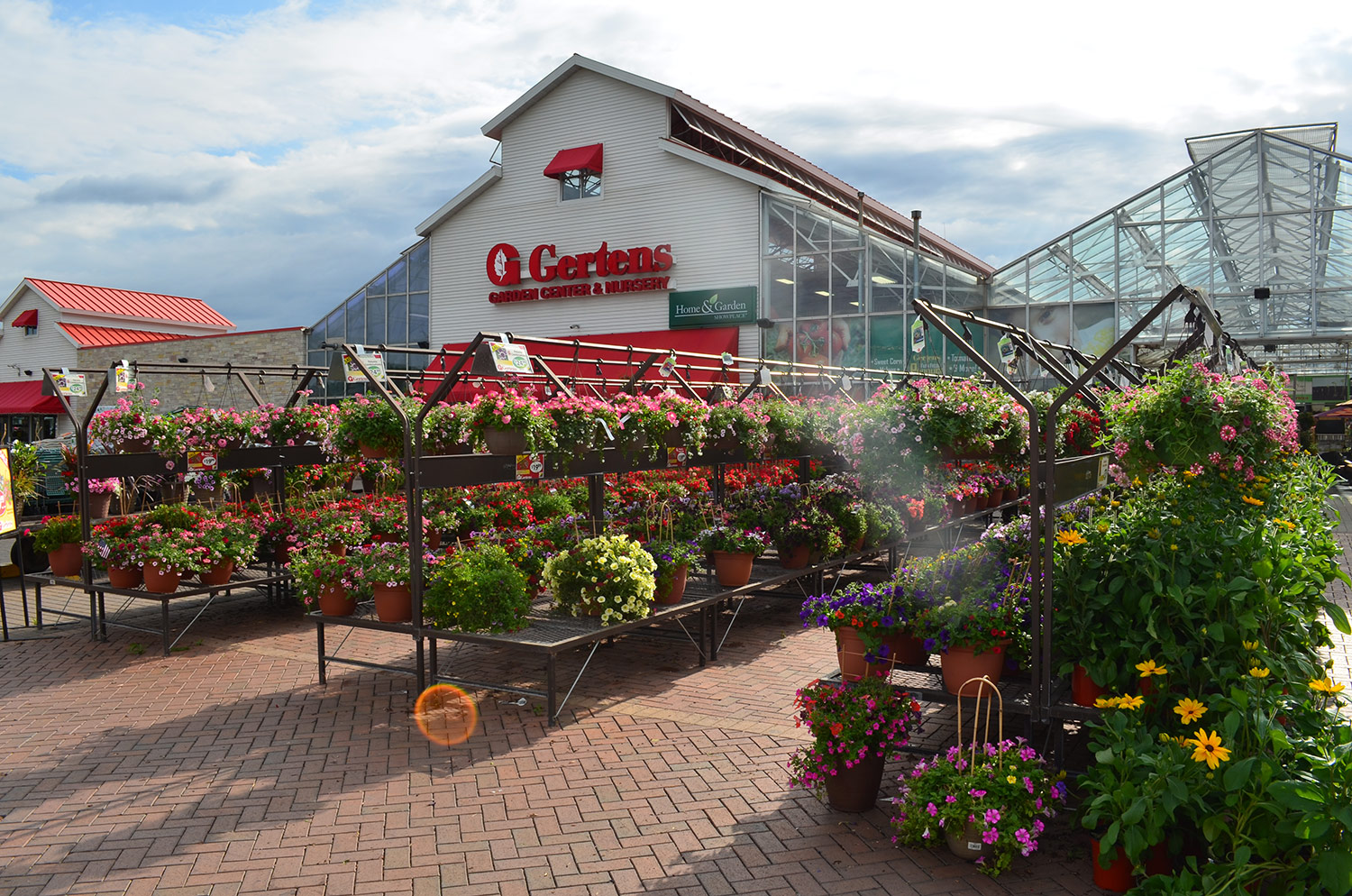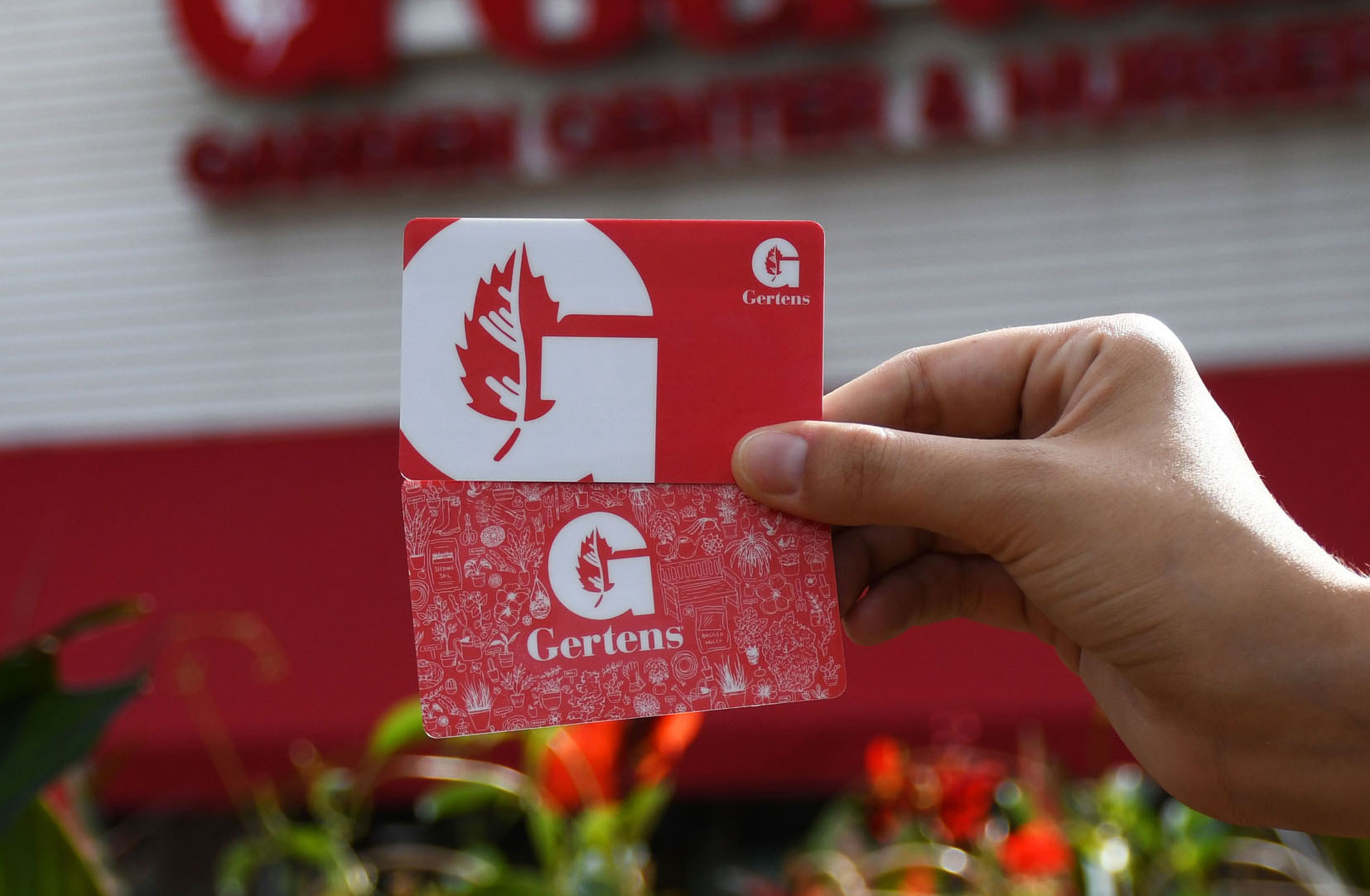Two-Sided Straw Blanket 8'X112.5'

Description
An ideal solution for rainfall/rain splash protection on shallow sloped and channel protection for low-risk, low-flow channels. Benefits: Weed-free straw, erosion control up to one year, and serves as a mulching layer..
Use for slopes 1:3 more than 50' long, ditches with gradients 3% or less, flow velocities less than 6.5' per second
Average Life: 60-90 Days
Minnesota's Destination Garden Center
Gertens is one of North America’s largest garden centers and home to Minnesota’s largest selection of annuals, perennials, natives, houseplants, trees, shrubs, and evergreens. We’ve been “Growing in the Grove” in Inver Grove Heights since 1921 and our campus now covers over 100 acres of shopping and growing facilities. Gertens is still a family-owned business with a focus on giving customers the ability to buy high-quality plants and trees directly from a local grower. After all, IT'S ONLY NATURAL TO BUY FROM THE GROWER.
Details
n ideal solution for rainfall/rain splash protection on shallow sloped and channel protection for low-risk, low-flow channels.Erosion control blankets are designed to provide temporary protection for grass seed and topsoil during the germination and progressive revegetation and root system development stages.
Benefits: Weed-free straw, erosion control up to one year, and serves as a mulchinglayer..
Use for slopes 1:3 more than 50' long, ditches with gradients 3% or less, flow velocities less than 6.5' persecond
Average Life: 60-90 Days
Typical Applications
- Slope protection
- Channel and ditch linings
- Reservoir embankments and spillways
- Culvert inlets and outfalls
- Dikes, levees, and riverbanks


